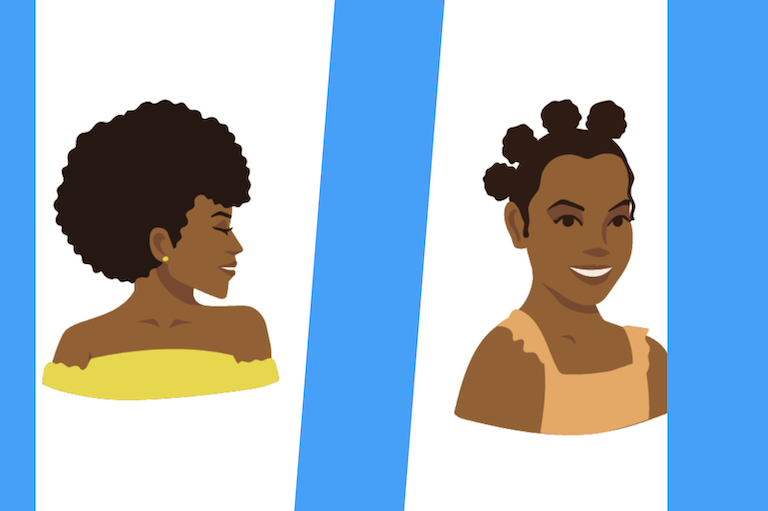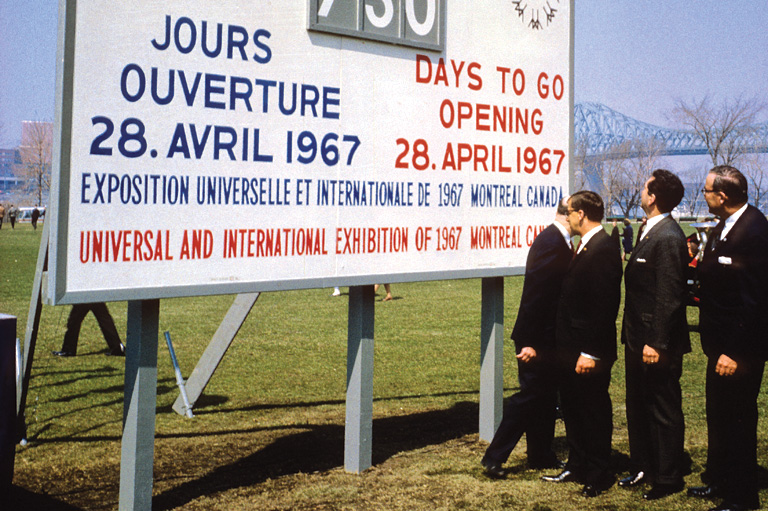Running Towards Change
Grade Levels: 3/4, 5/6, 7/8
Subject Area: Social Studies, History
This lesson is inspired by the History Bits video “Marathon of Hope.”
Lesson Overview
Using the History Bits video, “Marathon of Hope,” students will learn about Terry Fox. With supplementary index cards, students will also explore the history and development of lower limb prostheses.
Historical Thinking Concept(s)
- Identify continuity and change
- Analyze cause and consequence
- Take historical perspectives
Learning Outcomes
Students will:
- Compare and contrast different models of prostheses and explore changes over time.
- Assess the advantages and disadvantages of different types of prostheses.
- Analyze and explain the effects of different historical events on the development of prostheses.
Background Information
In 1977, Terry Fox was diagnosed with osteogenic sarcoma (bone cancer). His right leg was amputated above the knee to prevent the cancer from spreading. Prior to his surgery, his high school basketball coach gave him an article on Dick Traum, the first amputee to run the New York City Marathon with a prosthesis. Traum was the inspiration for Fox’s Marathon of Hope.
There are many types of prostheses, including prosthetic limbs, cochlear implants, or replacement hip joints. The purpose of prosthetics has changed with time and prosthetic legs, in particular, can vary widely in design. Some, like the Shengjindian leg, prioritize function over appearance. There is no attempt to hide the prosthesis. Others, like the Anglesey leg, are crafted to closely resemble a natural limb, focusing on appearance at the cost of some functionality.
The decision to wear a prosthesis, and if so, which type, is personal and reflects an individual’s needs, priorities, and values. For example, a lot of American Civil War veterans were known to refuse a prosthesis. A "pinned sleeve" showed the wearer had lost a limb, suggesting bravery and sacrifice, something they did not want to hide for the sake of appearing "normal."
In modern times, the prosthetics industry focuses on user functionality and comfort. This has led to the development of body-powered devices, which activate when the user physically moves the prosthesis. Finally, there are myoelectric devices, which are powered by more subtle signals such as muscle movement. These can be used both in regular prostheses or activity-specific prostheses such as running blades.
Lesson Activity
BEFORE THE VIDEO
We recommend doing some pre-activities to introduce the historical thinking concepts used in the main activity (see Appendix I for more background information on prostheses and Terry Fox).
- Introduce vocabulary:
- Amputee — a person who has had all or part of a limb removed (amputated) or is born without a limb.
- Prosthesis — an artificial substitute for a body part that is missing. The plural form is prostheses.
- Prosthetics — the field of research and expertise in designing and building artificial limbs. The term prosthetic can also be used as an adjective (example: prosthetic limbs).
- Residual limb — the remaining part of the limb after amputation.
- Socket — the part of the prosthesis into which a residual limb will fit.
- Lessons corresponding to Kayak’s DisAbility issue: Consider these to facilitate best conduct when discussing disability in the classroom. It is important to steer students away from words such as "normal" and "weird." These words promote isolation and exclusion.
- Introduce a discussion about why someone might need a prosthetic limb. An estimated 227,000 Canadians have an amputation of a limb or extremity. Amputation may be required as a result of a disease such as cancer, or because of an accident or injury. People can also be born without a limb, a condition called congenital limb difference.
- Explain to students that the decision to wear a prosthetic is personal and that some amputees may choose not to wear such a device.
WATCH THE VIDEO
Watch the History Bits video “Marathon of Hope.” Ask students to pay attention to Terry Fox’s prosthesis. Why did Fox undergo amputation? How was his life different and the same after the amputation? For what activities did he wear a prosthesis, and how were those activities impacted?
AFTER THE VIDEO
This activity features the use of index cards (Appendix II), which are provided. The prosthesis cards feature facts and images for different prostheses over time. The context cards provide information about historical events that have influenced the development of prostheses. These cards can be used in various ways, but the aim is to promote discussion. Listed below are some conversations that can be prompted by the cards, organized around specific historical thinking concepts:
- Identify continuity and change — Have students organize the prostheses along a timeline and discuss how the technology has developed.
- How do materials used in prostheses change over time?
- When do we see the most changes taking place? When do we see the fewest changes taking place?
- How has the way prostheses work changed over time? How has it stayed the same?
- Analyze cause and consequence — Introduce the context cards and have students discuss how world events have influenced the development of prostheses (Note: not every prosthesis card has a corresponding context card). Have students consider:
- Why would war prompt the development of new prostheses? (The comic “Beyond War” in the DisAbility issue of Kayak can help students understand some of the injuries soldiers experienced during war.)
- How did new technology and materials affect the development of prostheses? How did these changes affect users?
- Take historical perspectives — Assign groups of students a prosthesis card. Have each group consider the time period and context for their card, then create a pro/con list for their prosthesis and present their thoughts to the class. Ask students to consider:
- What does the prosthesis allow users to do?
- How do the materials affect the prosthesis and the user experience? Are they more comfortable? Stronger?
- How much does the prosthesis cost? Why is it that price?
- Have students arrange the prostheses cards on a scale from purely functional to purely aesthetic (i.e. how they operate vs. how they look). They will likely arrange them in different ways. Have them discuss why.
Additional Resources
Disability
- "Teaching about Disability in Your Classroom," Canada's History.
- DisAbility issue (September 2022) of Kayak: Canada’s History Magazine for Kids.
Terry Fox’s Prostheses
- "Terry Fox Anniversary," CBC Archives.
- Interview with Terry Fox and Doug Aylward by CBC's Joe Mullins (2:27 — initially learning how to use the prosthesis; 3:45 — problems with leg during the run)
- "Terry Fox and the Development of Running Prostheses," The Canadian Encyclopedia.
About Prostheses
- "Being an amputee. DO I HAVE A PROSTHETIC LEG?," Pnina Ullrich, YouTube.
- "The Basics of a Below-knee Prosthetic Leg," Adaptable, YouTube.
- "Our War Amputee Members," The War Amps.
Why not a Prosthesis?
This lesson has focused on prosthetic limbs and why people choose to use them. But some amputees choose not to! Below are some amputees discussing that choice.
- "Why dont you wear an artificial Leg?" @iamtylersaunders, Instagram.
- “MY PROSTHETIC ARM: Living with One Hand,” Kelsey Ryan Hartman, YouTube.
- “Why I Don't Wear A Prosthetic Arm: The Real Reason,” Living With One Hand, YouTube.
Themes associated with this article
Advertisement





